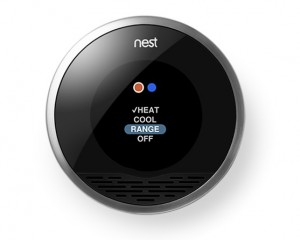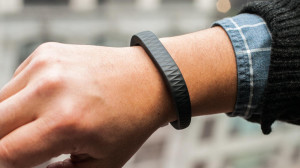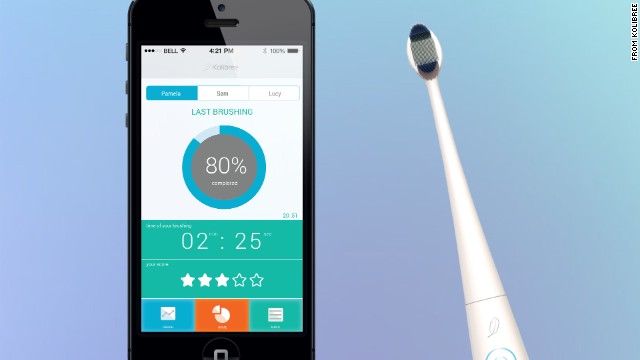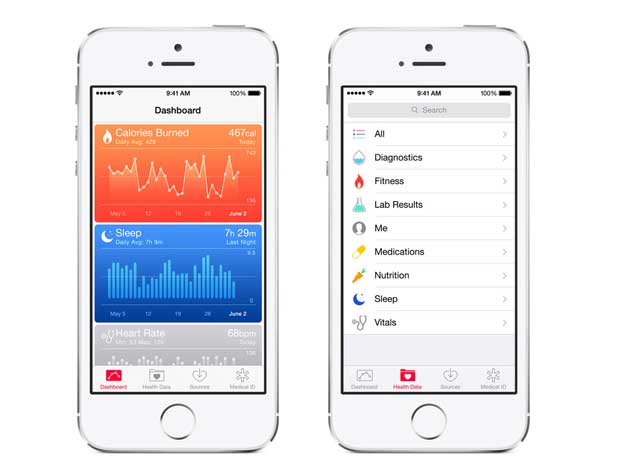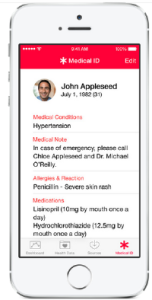With all the Internet of Things emphasis on making “dumb” things “smart,” we shouldn’t ignore how it will make all of us smarter as well.
Nowhere will that be as important as in healthcare, where I believe it will produce a dramatic paradigm shift in which patients will become empowered and will be full partners in their care, improving health, and cutting costs. Today’s post follows up on one I wrote recently focusing on seniors’ health care, which I believe will dramatically improve due to the IoT.
I was provoked to write by the annual report from the Partners (appropriately enough….) Health Center for Connected Health (full disclosure: my wife directs the women’s physical therapy program @ Brigham & Women’s Hospital, part of Partners, although her particular service isn’t working with the Center), which reports on a wide range of initiatives to address key issues such as reducing re-admissions, improving access to care, and helping with the transition from hospital to home.
IMHO, there’s an inevitability to this shift, because the current health care system is unsustainable, at least in the US. Costs are too high, many physicians will retire in the next decade, and the number of seniors is increasing dramatically. Oh, yea: we ain’t getting what we’re paying for either: our health is lousy compared to other nations.
But something amazing happens when people start to track and report their own health indicators, either on their own or as part of the fast-growing Quantified Self movement. As Dr. Joe Kvedar, founder and director of the Center for Connected Health, says, “People can and do take very good care of themselves when you give them the tools to do so.”
We’ve got the essential tool for this transition right in our hands: the Center for Connected Health has found that 70% of patients in one of Partners’ community health centers have smartphones.
The apps — there are now more than 100,000 health care ones! — and related devices such as Fitbits, Nike Fuels or Jawbone UPs to monitor health via smartphones still aren’t fully accurate, but they’re still valuable because they do accurately demonstrate personal activity trends, so you can compare your activity from day to day.
And they do change behavior:
“Can trackers really change behavior in people? Last year, Dr. Rajani Larocca, a primary care physician at Massachusetts General Hospital, conducted a six-week lifestyle program for 10 patients with diabetes ages 50 to 70 that included weekly sessions to encourage exercise and healthful eating; each participant also was outfitted with a Fitbit Zip tracker.
“‘Every single person increased their activity,’ Dr. Larocca said. ‘People felt more knowledgeable.’ Eight months later, about half the patients from the group still wear a tracker.
“Researchers at the Center for Connected Health in Boston have been giving activity trackers to subjects for six to nine months, then studying changes in their behavior. Dr. Kamal Jethwani, head of research at the center, said he saw three distinct groups of people among study participants.
“About 10 percent are ‘quantified selfers’ with an affinity for this kind of feedback; just by looking at the numbers, they are motivated to be more active. An additional 20 percent to 30 percent need some encouragement in addition to tracker data to effectively change their behavior.
“But most of the subjects observed by Dr. Jethwani don’t understand the data and need help making sense of it. For them, he said, social motivation from a friend or joining a team or workplace challenge may be more effective.”
As I wrote in my post about seniors’ health care, as soon as we have effective mechanisms to feed the data to doctors the quality of care will improve. It’s like with so many inanimate things whose real-time status we’re able to really observe for the first time with the IoT: doctors will no longer have to rely on our self-reporting (“um, I think that about two months ago I felt out of breath a lot”) or the measurement of vital signs in the artificial setting of a doctor’s office. Instead, they’ll have access to longitudinal data about how you actually live (in fact, Partners introduced a system last year that allows people to electronically upload data to their medical records gathered from devices such as glucometers, blood pressure cuffs, bathroom scales, and pulse oximeters.
It’s a bright — and healthy — new day!
Gotta go now: my Jawbone UP tells me I’ve got to walk to CVS and the post office to meet my 10,000 steps per day target….
PS: If you’re ready to test the waters, check out the Center’s Wellocracy.com site to learn about self-monitoring devices and how to use them!

